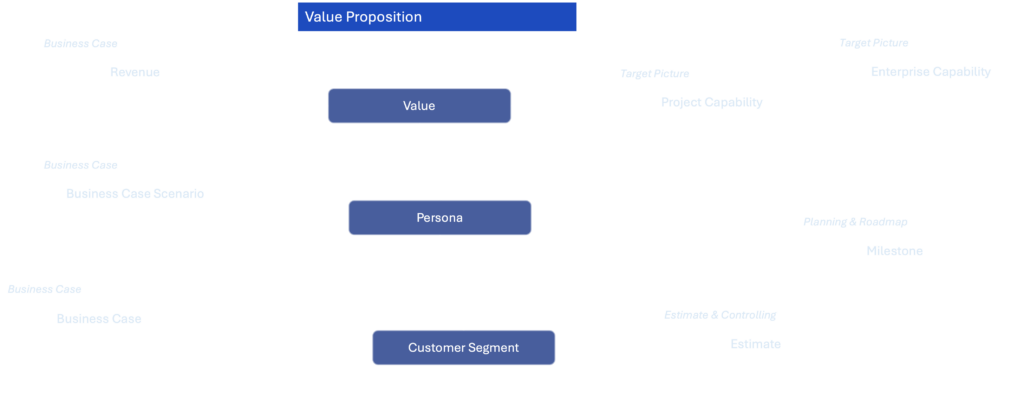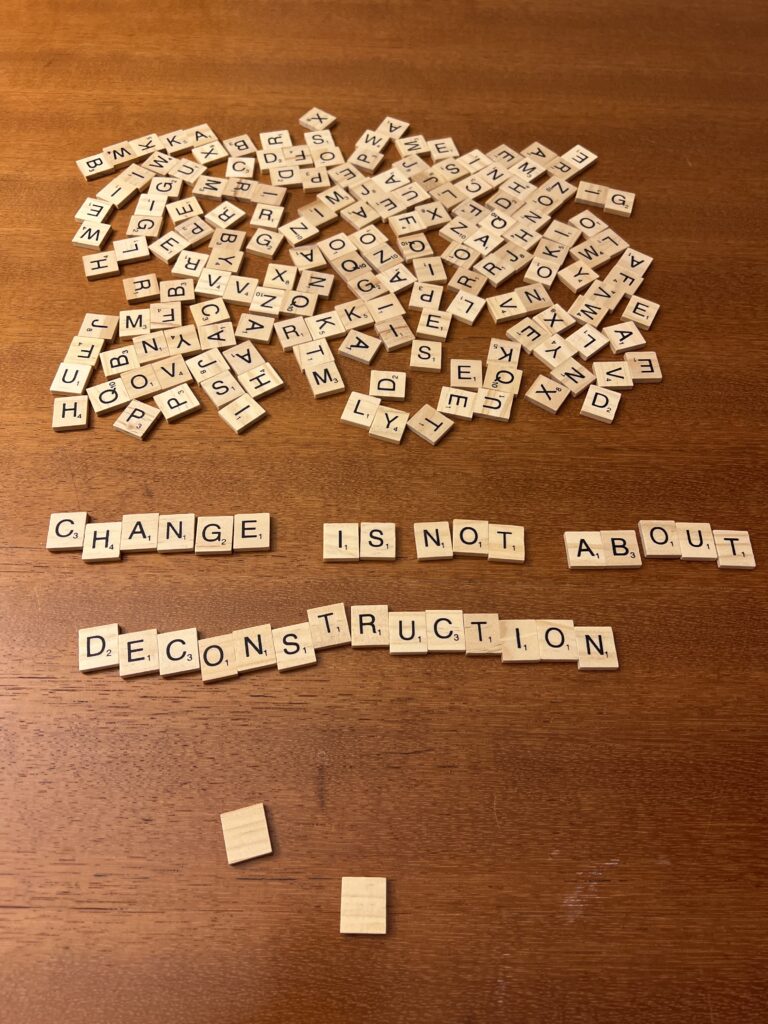Discover Our Way Of Thinking
… And Form Your Own Opinion On How This Adds Value For You.
We Understand the Nature of Complex Projects
The prerequisites for success vary greatly between different project types, as do the most promising approaches for each type. Project management must take this into account.
First-Mover
First-mover projects aim to achieve disruptive competitive advantages such as completely new products. In first-mover projects, you can’t rely on the experience of others; instead, you have to approach the solution exploratively. Often, there’s a window of opportunity that absolutely must be reached.
Second-Mover
In second-mover projects, you implement a practice, product, or process that has already proven itself in the market. In such projects, it’s often important to achieve cost targets or differentiate yourself from the competition with individual details.
Housekeeping
Housekeeping projects pose another challenge, often involving the need to reduce complexity, lower cost, or improve security. Even if they don’t offer a direct competitive advantage, they still secure your business model in the long run. Regulatory projects also fall into this category, although they have some special traits.
We Establish The Right Form of Leadership
We Know Exactly How!
Leadership holds great promise. This is all the more true given that many new organizational concepts and their proponents overemphasize team autonomy. Decentralized responsibility per se isn’t wrong, but we balance it with centrally exercised end-to-end coordination.
We Bring Out The Best In Your Employees
People are Different
Conflicts of Interest
Every individual and every group has their own motives and goals, which can conflict with project objectives. A smart leader understands this and finds sustainable solutions.
Mental Distortions
Decision-making processes are always influenced by mental distortions, which must be consciously counteracted.

Small Things Matter
Simple things like structured protocols or thought-through meeting agendas help a large project.
Focus
Project managers must keep project team members focused on their project and minimize distractions.
Systemic Behavior
Every action triggers a counter-reaction. This is especially true for large, complex groups and must be given special consideration in project management.
We Create Transparency To Regain Control Over Complex Projects
Description
The value proposition domain answers the question of why this project is being undertaken from the customer’s perspective. This goes hand in hand with the business case, which answers the question of why the project is being carried out from the company’s perspective.
Planning Phase
In the planning phase we expect to sketch out the intended values with an accuracy of approx. 70%. Personas and their customer segment are not yet required.
Implementation Phase

This section will be worked out after April 10th
In the preparation phase we produce a high-level description of the project results and align with all key stakeholders.
This section will be worked out after April 10th
The Business Case forms the basis for project approval, and is the ultimate foundation for further decisions.
This section will be worked out after April 10th
From day one, we ruthlessly and openly identify all risks related to the project’s objectives.
This section will be worked out after April 10th
We provide an overview of the functional and technical building blocks and their dependencies, and link to detailed concepts developed by the specialized delivery teams.
This section will be worked out after April 10th
Key actors include stakeholders with decision-making rights in the projects as well as suppliers, supporters or important customers.
This section will be worked out after April 10th
Estimates and subsequent controlling are strictly aligned with the building blocks of the target picture and the milestones in the roadmap.
This section will be worked out after April 10th
The project is divided into milestones. For each milestone, a rough plan is made as to which feature or change will be delivered for which building block.
This section will be worked out after April 10th
The most important success factors are broken down into KPIs to make them measurable. These include, in particular, deadlines, costs, and deliverables that are crucial for fulfilling the business case.
We Form A Project Team That Takes Ownership
It is not a given that your employees will take sides with your project and take ownership for the desired results. All this must be carefully implanted into your organization.
We Make Changes Happen Without Painful Disruption Or Regression
We carefully analyze your existing assets and take only the minimum possible measures to bring about the desired goals. We do not tolerate inefficiency, but leave all functioning structures untouched.
Leverage Your Teams
We utilize the strengths of your employees individually.
Embrace Your Methodology
We use existing methods that have proven successful in your organization.
Adopt Your Culture
The starting point for all considerations is your corporate culture.

Utilize Existing Rituals
We maintain rituals that work and make adjustments and changes only when necessary.
Strenghten Your Boards
We actively make your boards part of your success
Develop Your Personal
Whatever we do, always serves to further develop your internal team.
